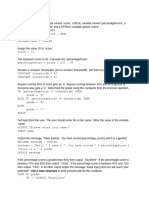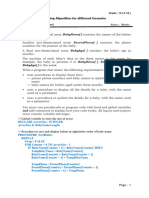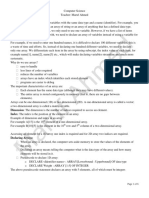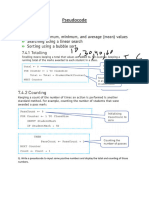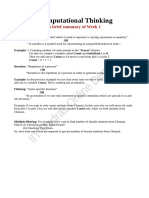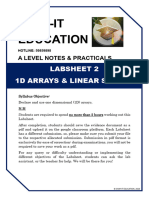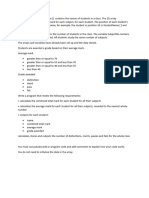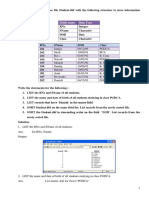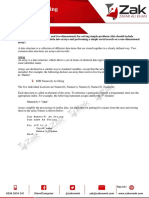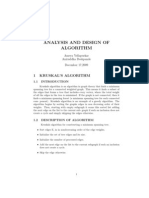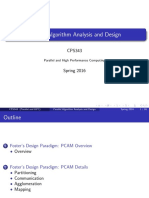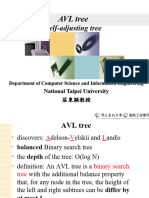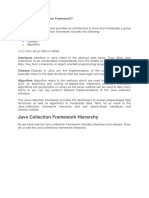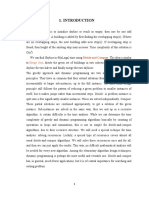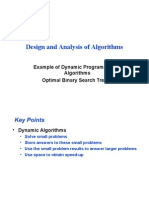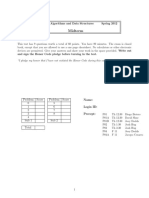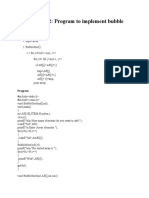0% found this document useful (0 votes)
63 views10 pagesSearching - 9618 Computer Science
The document provides an overview of string manipulation functions, email validation, and procedures for handling student details using pseudocode. It includes examples of functions like LEFT, RIGHT, and MID for string extraction, as well as procedures for validating email addresses and printing student details from a formatted string. Additionally, it covers array concepts, including declaration, input/output operations, and sorting/searching algorithms.
Uploaded by
anotidaishemandeyaCopyright
© © All Rights Reserved
We take content rights seriously. If you suspect this is your content, claim it here.
Available Formats
Download as PDF, TXT or read online on Scribd
0% found this document useful (0 votes)
63 views10 pagesSearching - 9618 Computer Science
The document provides an overview of string manipulation functions, email validation, and procedures for handling student details using pseudocode. It includes examples of functions like LEFT, RIGHT, and MID for string extraction, as well as procedures for validating email addresses and printing student details from a formatted string. Additionally, it covers array concepts, including declaration, input/output operations, and sorting/searching algorithms.
Uploaded by
anotidaishemandeyaCopyright
© © All Rights Reserved
We take content rights seriously. If you suspect this is your content, claim it here.
Available Formats
Download as PDF, TXT or read online on Scribd
/ 10










